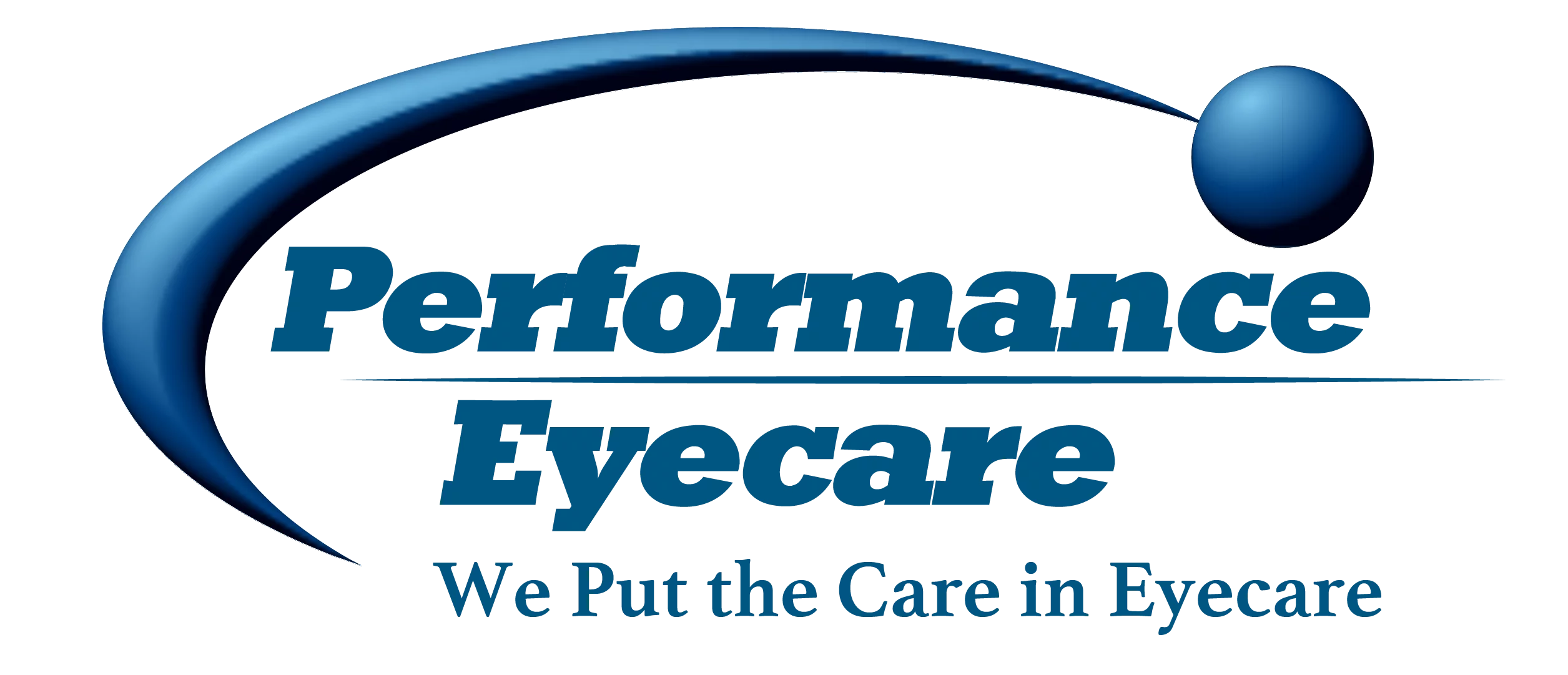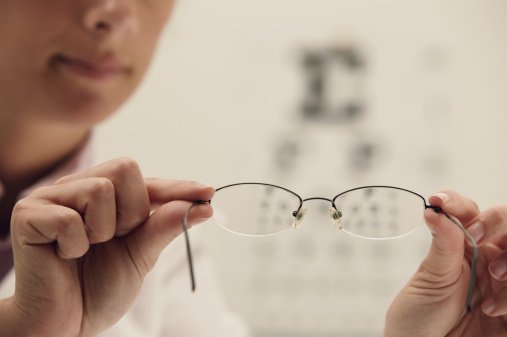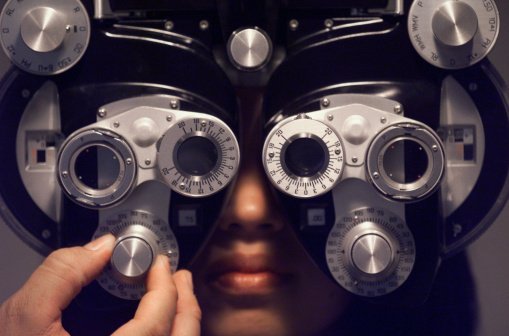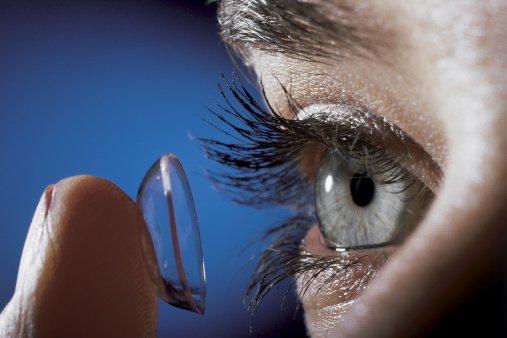Flexible Spending Deadline
Don’t delay in making your eye appointment! Take advantage of your flexible spending accounts Your flexible spending deadline is most likely fast approaching, so be sure to spend your flex dollars wisely. Many flexible spending plans have a deadline of December 31st, so be sure and check with your plan administrator to determine the specific … Read more






